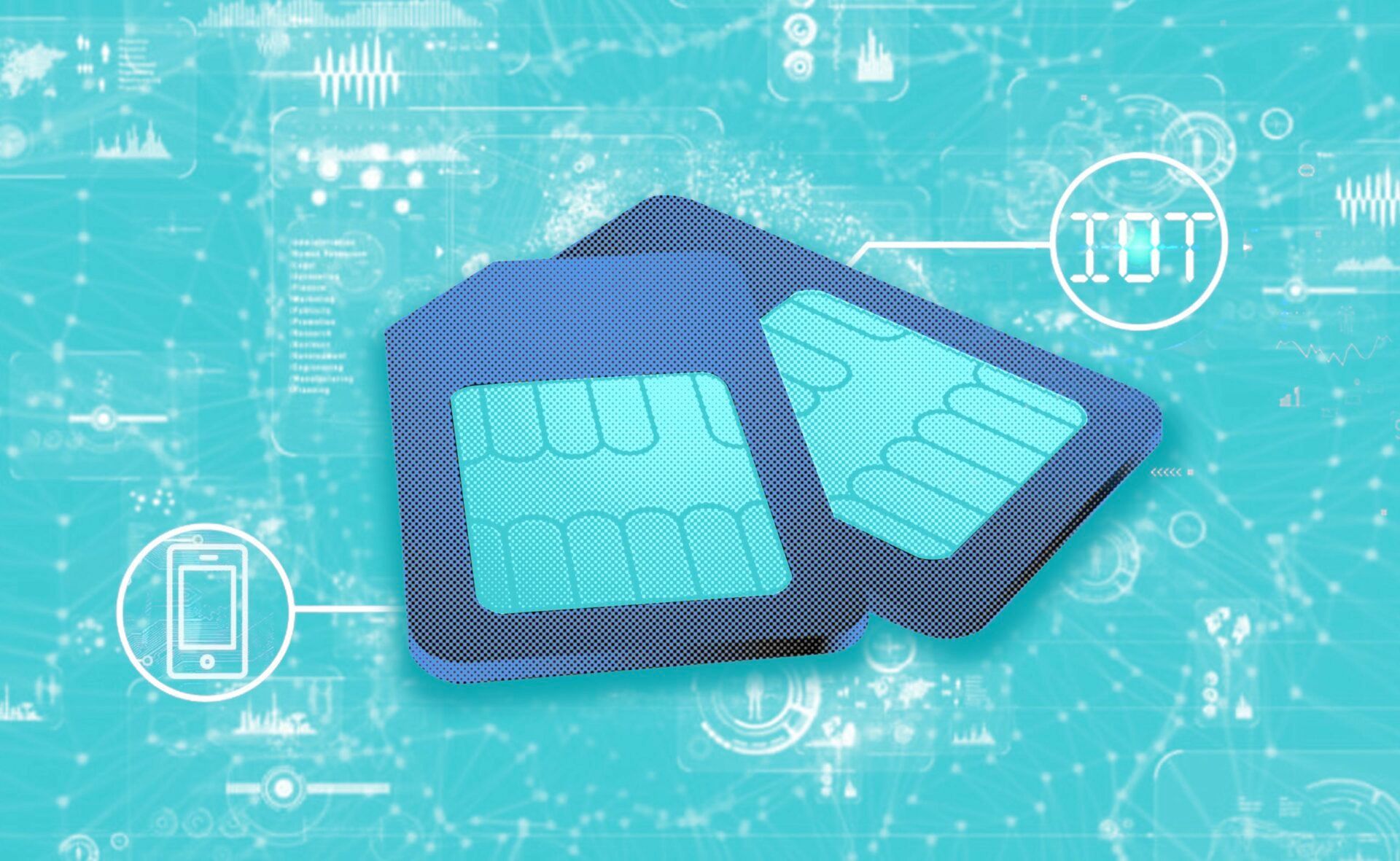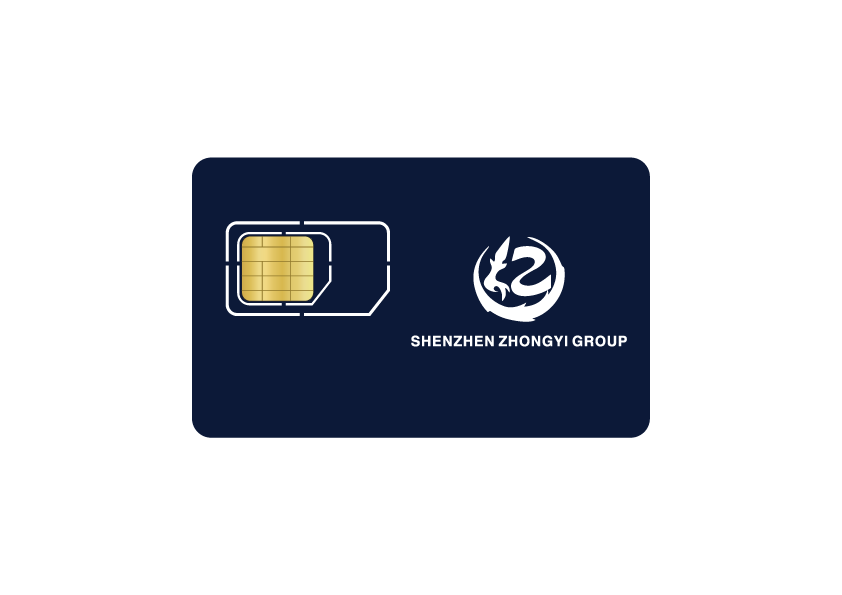As the Internet of Things (IoT) ecosystem continues to expand, businesses and developers face an important question: which connectivity technology is the right choice for their devices? NB-IoT, 4G, and 5G IoT SIM cards each offer distinct advantages and limitations, affecting speed, coverage, power efficiency, and scalability. At Zhongyi IoT SIM, we provide tailored IoT network solutions that help you choose the best option for your specific applications.
1. NB-IoT: Low Power, Wide Coverage, and Cost-Effective
Narrowband IoT (NB-IoT) is designed for low-data, low-power applications. It is ideal for devices that transmit small amounts of data over long distances, such as:
- Smart meters
- Environmental sensors
- Asset tracking devices
Key Performance Features:
- Coverage: NB-IoT excels in indoor and rural areas. Its strong signal penetration allows connectivity even in basements or dense buildings.
- Power Efficiency: Devices using NB-IoT can operate for years on a single battery due to low energy consumption.
- Data Speed: Typically ranges from 20 kbps to 250 kbps, sufficient for small telemetry packets but not suitable for high-bandwidth applications.
- Cost: NB-IoT modules and SIM plans are generally more affordable, making it a cost-effective solution for large-scale deployments of simple IoT devices.
2. 4G LTE: Balanced Speed, Coverage, and Flexibility
4G LTE IoT SIM cards provide a balance between speed, coverage, and power consumption, making them versatile for a wide range of IoT use cases, such as:
- Smart homes and appliances
- Industrial monitoring and automation
- Connected vehicles
Key Performance Features:
- Coverage: 4G networks are widely available in urban and suburban regions, offering stable and reliable connectivity.
- Data Speed: Typical speeds range from 1 Mbps up to 100 Mbps, supporting real-time analytics, video transmission, and more complex IoT applications.
- Power Consumption: Higher than NB-IoT, but still manageable for battery-operated devices with moderate data needs.
- Cost: 4G IoT SIM cards are slightly more expensive than NB-IoT but offer more data throughput and flexibility.
3. 5G: Ultra-Fast, Low-Latency, and Future-Ready
5G represents the cutting edge of IoT connectivity. It is designed for applications that demand high speed, low latency, and massive device connectivity, including:
- Autonomous vehicles and drones
- Industrial automation and robotics
- Augmented and virtual reality solutions
Key Performance Features:
- Data Speed: Up to 10 Gbps, enabling real-time communication and high-volume data processing.
- Latency: Extremely low latency, sometimes as low as 1 millisecond, ideal for mission-critical applications.
- Capacity: Supports a high density of connected devices per square kilometer, making it suitable for smart cities and dense IoT networks.
- Coverage and Cost: 5G coverage is still expanding, primarily in urban areas, and both modules and data plans are more expensive. Power consumption is higher but improving with advanced chipsets.
Choosing the Right IoT SIM Card
Selecting the right IoT SIM card depends on your device requirements:
- NB-IoT: Best for low-data, battery-powered devices in challenging coverage areas.
- 4G LTE: Ideal for medium-speed applications that require stable connectivity and broader compatibility.
- 5G: Recommended for high-speed, low-latency, or high-density IoT environments where future-proofing is a priority.
Why Choose Zhongyi IoT SIM
At Zhongyi IoT SIM, we offer comprehensive IoT network solutions that match your business needs:
- Global IoT connectivity with reliable coverage
- Flexible data plans tailored to your application
- Technical support to optimize device performance
- Secure, scalable, and cost-effective IoT solutions
Conclusion
Understanding the performance differences between NB-IoT, 4G, and 5G IoT SIM cards is essential for deploying efficient IoT solutions. By choosing the right technology with Zhongyi IoT SIM, businesses can improve device performance, extend battery life, reduce costs, and stay ahead in the fast-growing IoT landscape.



